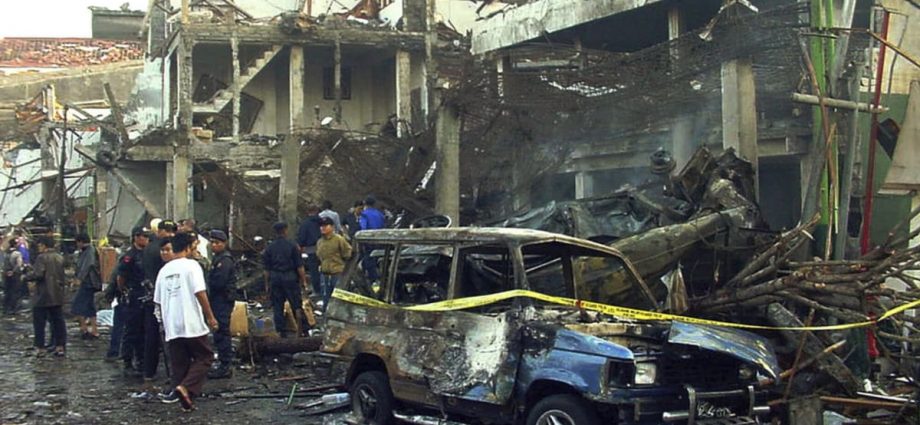
It had done this in the religious violence in eastern Indonesia in the late 1990s, and communal strife was what JI had planned to foment within and between Singapore and Malaysia as well.
This is why today’s various grassroots initiatives, ranging from the Inter-Racial and Religious Confidence Circles (IRCCs) to the current SG Secure campaign, have been designed precisely to strengthen the social resilience of Singapore’s multicultural fabric in the event of a terror strike.
A RE-EMERGING THREAT
With the rise of social media today, the tech-savvy propagandists of the Islamic State – an Al-Qaeda offshoot and global rival – promote the current significant threat of self-radicalisation. Violent ideology can thrive in a vast online space that often makes monitoring a deadly cat and mouse game.
Even more recently, the relatively nascent challenge of far right extremism has emerged in Singapore as well.
Adding to the complexity of the threat picture, JI itself, following its near-decimation by regional security forces in the 2000s, is gradually re-emerging, emphasising not violence but rather low-key infiltration of societal and political institutions. Ominously, JI appears to retain regional ambitions.
Twenty years after Bali, the threat of transnational terrorism remains but continues to evolve. So does the need for continued vigilance and not taking our social resilience for granted.
Professor Kumar Ramakrishna is Associate Dean and Head of the International Centre for Political Violence and Terrorism Research at the S. Rajaratnam School of International Studies, Nanyang Technological University, Singapore.

